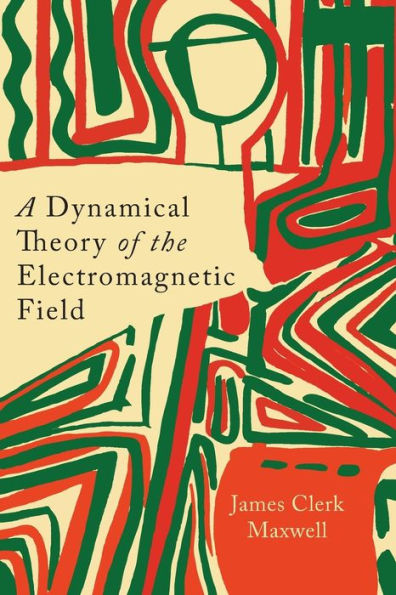5
1

A Dynamical Theory of the Electromagnetic Field
78
A Dynamical Theory of the Electromagnetic Field
78
5.95
In Stock

Product Details
| ISBN-13: | 9781614275213 |
|---|---|
| Publisher: | Martino Fine Books |
| Publication date: | 11/06/2013 |
| Pages: | 78 |
| Sales rank: | 480,782 |
| Product dimensions: | 6.00(w) x 9.00(h) x 0.19(d) |
About the Author
What People are Saying About This
From the B&N Reads Blog
